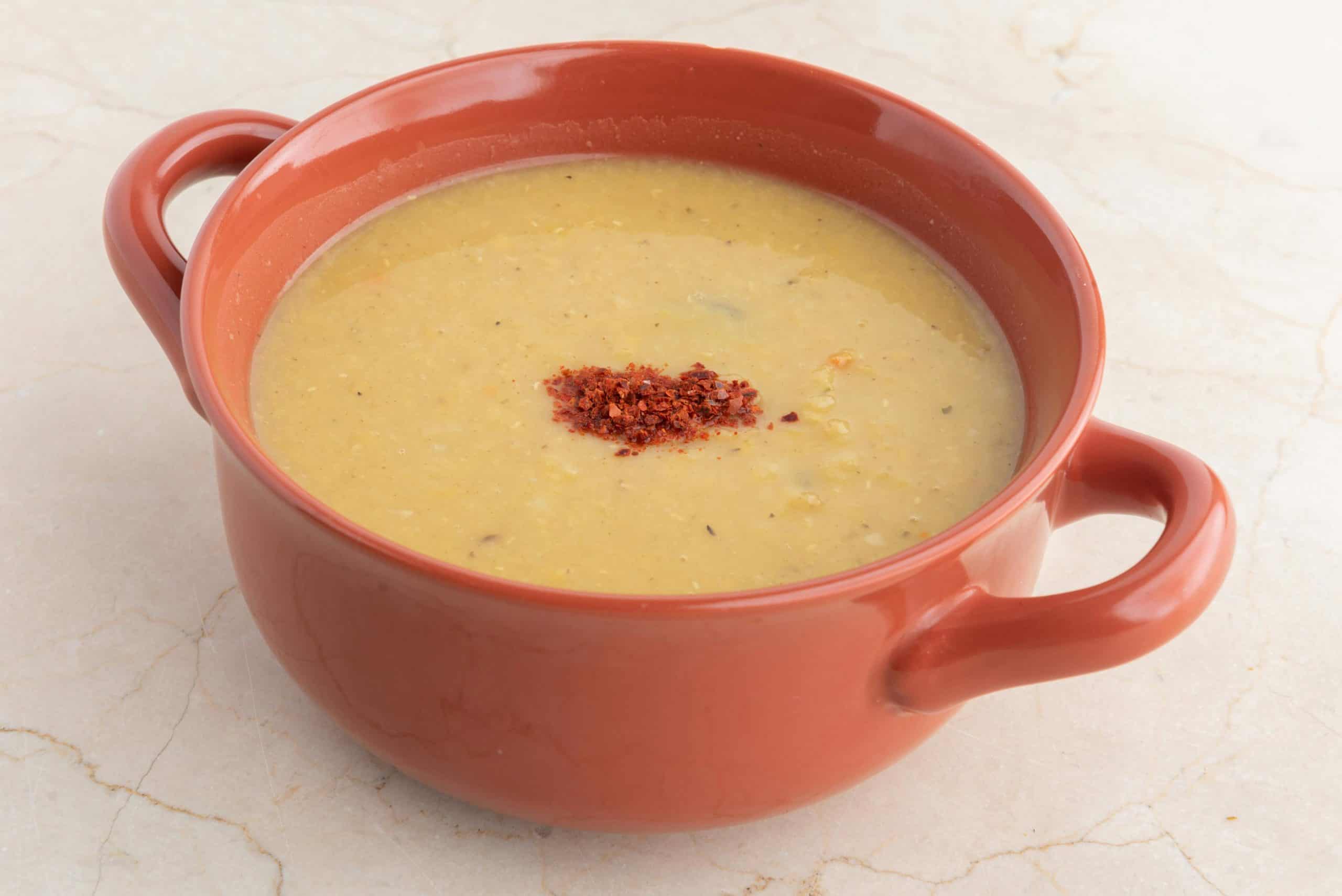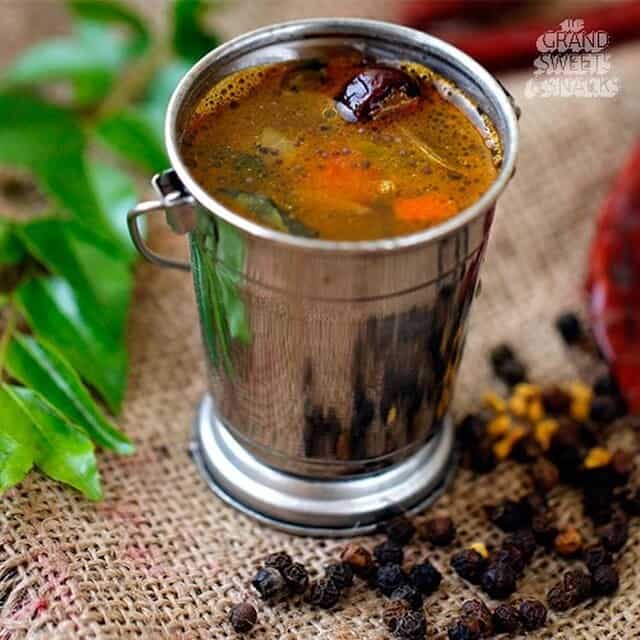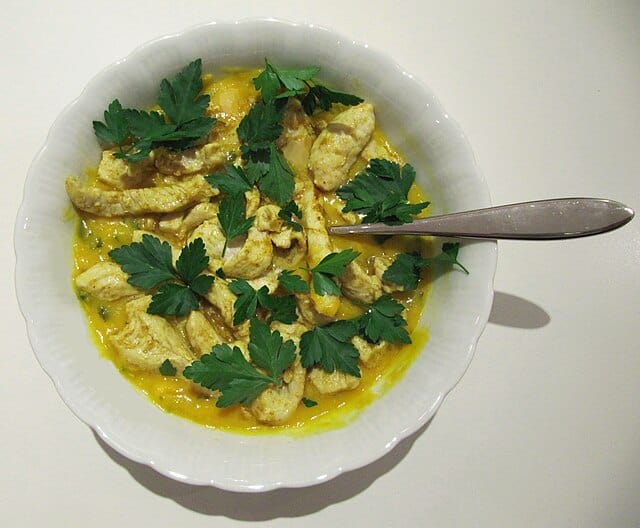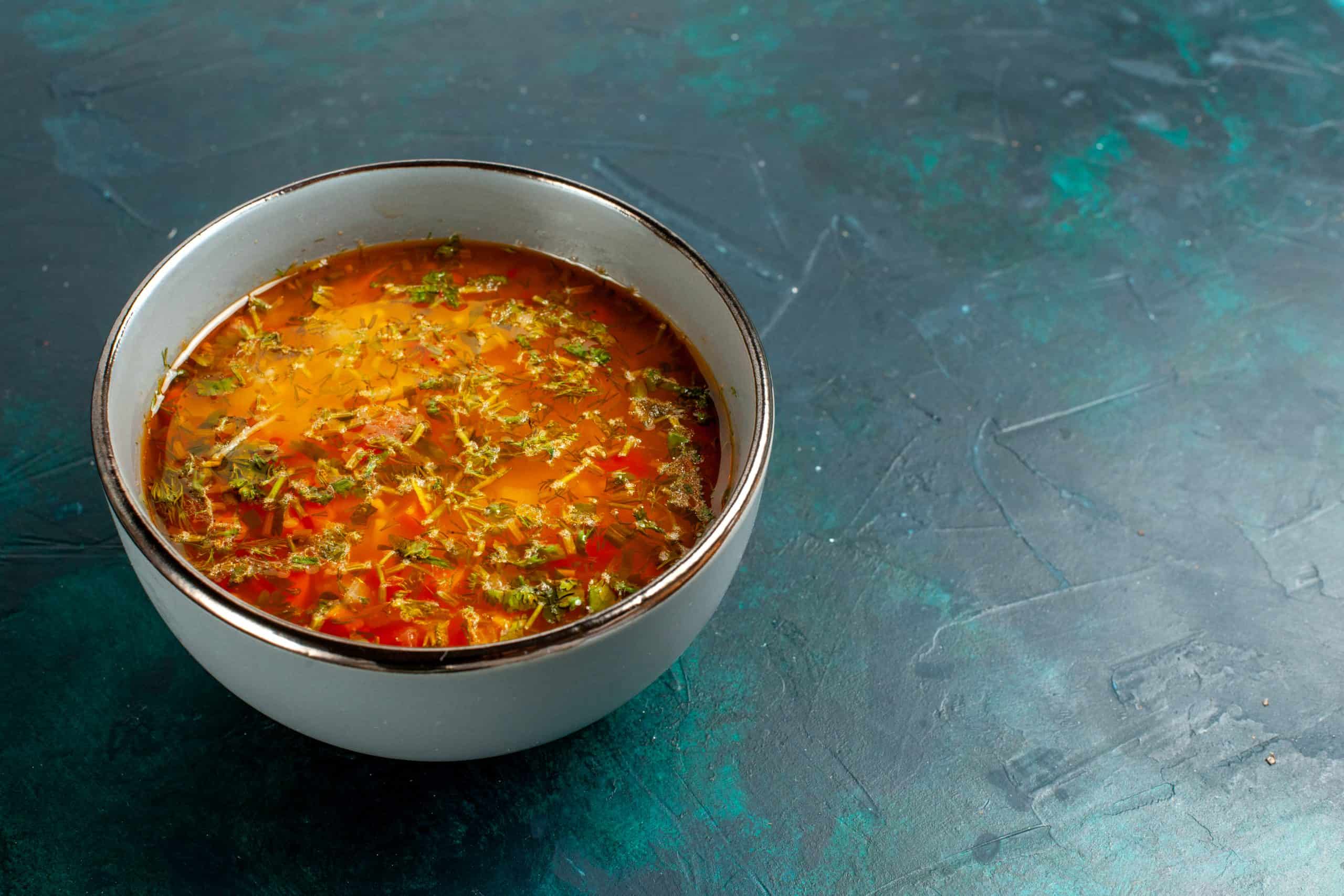Five nourishing Indian soups that blend tradition, flavour, and healing; perfect comfort for the monsoon season’s chill.

Monsoon soups are nourishing, warm, and comforting, ideal for the damp, cool, and infection-prone rainy season. Typically crafted with fresh, seasonal vegetables, lentils, and spices, these soups provide essential nutrition. This includes traditional Indian options like rasam, dal soup, moong dal soup, and various vegetable broths, as well as global choices such as miso soup and light, easily digestible plant-based broths. Recent studies on spices and their effect on health and digestion has yielded positive results. Here is a list of 5 Indian monsoon soups to see you through the rains.
Pepper Garlic Rasam
Easy to prepare and requiring minimal ingredients, pepper garlic rasam is often the go-to recipe when one seeks warmth and relief from seasonal ailments. Its versatility allows it to be enjoyed as a light soup or as a flavorful accompaniment to rice. Its roots lie in the region’s age-old practice of preparing thin, spiced broths, originally intended to be poured over rice, using simple, everyday ingredients.. Whether as a home remedy or a staple in everyday meals, pepper garlic rasam remains a beloved dish, epitomising the simplicity and healthfulness of South Indian cuisine.

What sets pepper garlic rasam apart is its potent combination of freshly crushed black pepper and garlic, both celebrated in Indian kitchens for their medicinal properties. Black pepper provides a sharp heat that stimulates the palate and aids digestion, while garlic adds depth and is widely regarded as a natural remedy for colds and sore throats. The tanginess of tamarind, the aroma of cumin, and the tempering of mustard seeds and curry leaves round out the flavour profile, making this rasam both invigorating and comforting.
Grandma’s Tips:
- Black pepper and garlic are traditional remedies for colds, coughs, and sore throats, especially during the monsoon when such ailments are common.
- Pepper stimulates digestion and warms the body, countering the damp chill of rainy weather.
- Garlic is known to boost immunity and fight infections, making this rasam a go-to for seasonal health..
Moong Dal Soup
Moong dal soup, made from split yellow mung beans, is a staple of Indian comfort cuisine, cherished for its lightness, digestibility, and nutrition. The word “moong” traces its roots to the Sanskrit “mudga,” and the archaeological evidence shows that mung beans were domesticated in India over 4,000 years ago, with early finds in the Harappan civilisation of Punjab and Haryana, as well as in South India’s Karnataka region. Moong dal’s popularity spread across Asia, with records of its cultivation in Thailand and China over two millennia ago.
In Indian kitchens, moong dal soup is celebrated for its versatility and health benefits, being rich in protein and easy to digest, making it ideal for all ages and especially recommended in Ayurvedic diets. The dish has evolved into regional specialities, such as the famed Moong Dal Moradabadi from Uttar Pradesh, which gained prominence in the Mughal era for its velvety texture and subtle flavours.
Traditionally, the soup is prepared by simmering soaked moong dal with ginger, turmeric, and spices, then finished with a tempering of cumin, garlic, and ghee. Today, moong dal soup remains a beloved dish, enjoyed both as a wholesome meal and a gentle remedy for the unwell.
Grandma’s Tips:
- Moong dal is light, easy to digest, and gentle on the stomach, ideal for when monsoon humidity can cause sluggish digestion.
- High protein content helps maintain energy and immunity, crucial during the infection-prone rainy season.
- The warmth of the soup soothes and comforts, making it suitable for all ages and for those recovering from illness.
Mulligatawny
Mulligatawny soup stands as a remarkable example of culinary adaptation born from the intersection of British and Indian dining traditions. In pre-colonial India, the concept of soup as a distinct course was virtually unknown; instead, thin, spiced broths, often called ‘rice-mixers’, were poured over rice or mixed with curries, never consumed on their own. Weather as shorwas or as saars and rasams. When the British arrived, their custom of serving meals in courses, with soup as a starter, prompted a transformation. The Tamil milagu-tannir, i.e, ‘pepper water was reimagined to meet European palates and dining etiquette, evolving into what we now know as mulligatawny.

Over time, the simple pepper water was elaborated with ingredients like chicken or mutton, fried onions, curry powder, and stock, sometimes calling for a complex blend of spices and aromatics. Despite these embellishments, the essence of mulligatawny remains rooted in its origins: a bridge between Indian flavours and British dining customs, and a testament to the adaptability of food traditions across cultures.
Grandma’s Tips
- The peppery warmth of mulligatawny helps clear sinuses and provides relief from damp-induced respiratory issues.
- Spices like black pepper, ginger, and turmeric are valued for their anti-inflammatory and immunity-boosting properties.
- Its hearty texture is comforting and filling, perfect for rainy days when the body craves warmth and nourishment.
Mutton Paya
Mutton Paya Soup is a centuries-old dish with roots tracing back to Central Asia and the Middle East, later evolving in the Indian subcontinent through Persian and Mughal influences. Originally, paya, meaning “feet”, referred to soups made by boiling animal trotters and bones in water, a practice dating back as early as the 8th to 4th century BC.
This nourishing broth was valued for its restorative properties, often served to warriors, royalty, and convalescents for strength and healing. With the advent of Islamic rule, several regions of India adopted and adapted this dish, and over time, the basic bone broth was enriched with regional spices, herbs, and aromatics, transforming it into the flavorful, aromatic soup known today.
Traditional recipes call for boiling cleaned mutton trotters overnight or at least for several hours, with onions, garlic, ginger, and a blend of spices such as cardamom, black pepper, coriander, turmeric, and garam masala. The process extracts gelatin, collagen, and minerals from the bones, resulting in a rich, hearty broth. The soup is often finished with yoghurt or ghee for added depth and served hot, typically accompanied by naan or roti. This transformation from a simple bone broth to a spiced, nourishing soup highlights both the dish’s historical significance and its enduring popularity across South Asia and beyond
Grandma’s Tips:
- Slow-cooked mutton paya broth is rich in gelatin, collagen, and minerals, believed to strengthen joints and aid recovery from fatigue.
- The warming spices in the soup help improve circulation and keep the body warm during damp weather.
- Traditionally served to convalescents and those needing strength, making it a restorative monsoon remedy.
- Finish with ghee or yoghurt for added nourishment and depth.
Yakhni Shorba
Yakhni Shorba is a traditional North Indian and Kashmiri soup, celebrated for its delicate, aromatic broth made by simmering meat, typically mutton or chicken, with bones, yoghurt, and a blend of whole spices like fennel, cardamom, and ginger. The term “yakhni” refers to a stock or broth, while “shorba” means soup, reflecting its Persian roots.
Historically, yakhni originated as a medieval Iranian dish, its name derived from the covered clay pots used for slow cooking. The technique and dish spread eastward into South Asia, where it evolved into a lighter, yoghurt-based soup in Kashmir, distinct from the richer stews of its Persian and Central Asian ancestors. In India, Yakhni Shorba became especially popular in the north, valued not only for its subtle flavours but also for its nourishing, protein-rich qualities, often recommended for recovery and enjoyed as a comforting winter dish. Today, Yakhni Shorba stands as a testament to centuries of culinary exchange, blending Persian technique with Indian ingredients to create a soup that is both wholesome and refined.
Recipes usually involve sautéing onions in a pressure cooker with jeera and then pressure cooking them with ginger motton, and a bundle of spices like cloves, black cardamom, bay leaf, cinnamon, and fennel. Yoghurt is then whisked into the broth and simmered for a few minutes to complete the dish.
Grandma’s Tips:
- Yakhni shorba’s clear, protein-rich broth is gentle on the stomach, especially helpful when monsoon humidity affects digestion.
- Spices like fennel, ginger, and cardamom are believed to aid digestion and boost immunity.
- The yoghurt base (which gets cooked) soothes and nourishes, supporting recovery and comfort during the rainy season.
- Recommended for its subtle, aromatic flavours and easy digestibility.
Chicken Chettinad Rasam
Chicken Chettinad Rasam is a distinctive South Indian soup that beautifully fuses the fiery flavours of Chettinad cuisine with the comforting tang of rasam. Originating from the Chettinad region of Tamil Nadu, an area renowned for its enterprising Chettiar community and their rich culinary heritage, this dish exemplifies the region’s love for bold spices and aromatic broths. Chettinad cuisine is celebrated for its complex spice blends, liberal use of black pepper, and incorporation of fresh ground masalas.

Over time, Chicken Chettinad Rasam has become a beloved comfort food, especially during the monsoon or as a remedy for colds, thanks to its warming spices and restorative qualities. Today, it stands as a testament to the adaptability of South Indian cuisine, blending traditional rasam’s tang and spice with the rich, meaty flavours of Chettinad, making it a favourite in both home kitchens and festive feasts.
While rasam itself is a staple across South India, traditionally a vegetarian, tamarind-based broth enhanced with spices, Chettinad adaptations introduced meat, notably chicken, to create a heartier, more robust soup. Chicken Chettinad Rasam typically combines tender chicken pieces simmered with tomatoes, tamarind, and a signature Chettinad spice mix featuring black pepper, cumin, coriander, fennel, and curry leaves, resulting in a soup that is both invigorating and deeply aromatic.
Grandma’s Tips:
- Black pepper, cumin, and curry leaves in this rasam are known for their immune-boosting and warming effects, ideal for monsoon chills.
- Chicken adds protein and strength, making the soup both hearty and restorative.
- The tangy, spicy broth helps clear congestion and stimulates the appetite during damp weather.
- A favourite home remedy for colds and for boosting vitality in the rainy season.
Read more: Latest



